
COVID-19 has caused many issues for poor families around the world. However, Kenyan food distributor Twiga Foods is helping families during COVID-19.
What is Twiga Foods?
Twiga Foods emerged in 2014 as a mobile-based food distribution company. What it does is source produce from local farmers and manufacturers. Suppliers can post their produce online so vendors can order it at an affordable price. Today, Twiga employs about 4,000 suppliers and about 35,000 vendors.
Fast Company has listed Twiga Foods as one of the most innovative companies. Twiga Foods was also listed as one of the World Economic Forum’s “Technology Pioneers.” The company has “reinvented Africa’s approach to retail, making it less time-consuming and more efficient.” The company “presents a convenient and reliable alternative to the current expensive farm and factory-to-market processes.”
The mission for Twiga Foods is simple: “to feed and supply Africa’s growing urban population with traceable, quality and affordable products whose quality, health and safety standards are at one with global conventions and best practice.”
What Twiga is Doing During the COVID-19 Pandemic
The spread of COVID-19 created a lot of concern for Twiga Foods. Some of its clients include hotels and restaurants which have run minimally during the pandemic. However, Twiga was listed as an essential business, and the company was able to keep operating and employ thousands of people.
In June 2020, Twiga partnered up with Shining Hope for Communities (SHOFCO) and Jumia to support families during the pandemic. The program these companies created offers a “convenient way for customers who wish to donate during the pandemic period.” Twiga Foods is providing discounted prices of fresh produce up to 50% as an incentive for people to donate to the cause.
How Companies like Twiga Foods Can Help the Market
The success of Twiga Foods matches Kenya’s growing economy and reduction of poverty. Kenya’s GDP went from $61.45 billion in 2014 to $95.5 billion in 2019. However, Kenya’s GDP in 2020 has gone down to about $80 billion.
Not only has the GDP risen over the past few years, but poverty rates in Kenya have gone down. From 2005 to 2006, 46.8% of Kenyans lived below the poverty line. From 2015 to 2016, the amount of Kenyans living under the poverty line dropped to 36.1%. This drop in the poverty rate was due to the increasing importance of non-agricultural income to supplement agricultural income for rural households.
Between 2013 and 2017, about 25% of the nation’s GDP came from agriculture. However, farmers across Kenya find it hard to make a living due to the insufficiency of the African agricultural market. Having companies like Twiga Foods support these farmers can help improve food safety, environmental and social practices.
When Twiga Foods connects rural farmers to informal retail vendors in the cities, it can enhance the agricultural market for both the suppliers and the consumers. Farmers can have guaranteed access to a fairly-priced, transparent and mobile marketplace. Vendors can get high-quality and fresh produce to sell to consumers at a lower price. Having food sold at a lower price is a way that Twiga foods is helping families afford the food they need to survive.
– Jackson Lebedun
Photo: Flickr
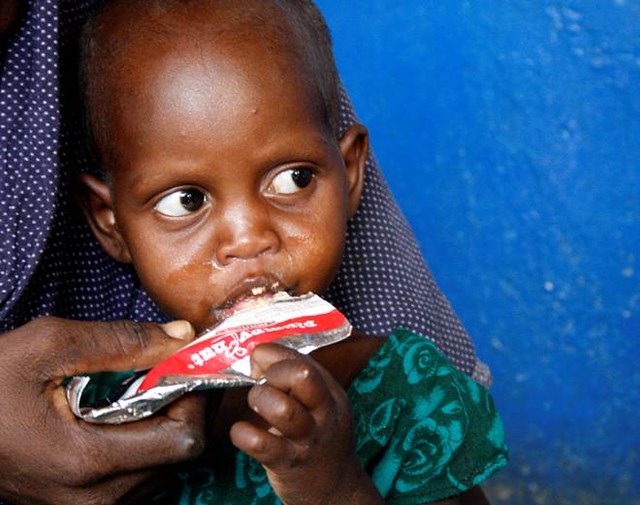

 Many programs are working toward innovations in poverty eradication in Italy. These programs include an income program instated by the government, a fuel poverty program partnership between two companies and charities that provide assistance to the needy. Here are four facts about innovations in poverty eradication in Italy:
Many programs are working toward innovations in poverty eradication in Italy. These programs include an income program instated by the government, a fuel poverty program partnership between two companies and charities that provide assistance to the needy. Here are four facts about innovations in poverty eradication in Italy: Fiji is an upper-middle-income country located in the Pacific Islands. In Fiji, the agricultural sector has been steadily declining over the last several decades, resulting in hunger concerns. Here is everything you need to know about hunger in Fiji.
Fiji is an upper-middle-income country located in the Pacific Islands. In Fiji, the agricultural sector has been steadily declining over the last several decades, resulting in hunger concerns. Here is everything you need to know about hunger in Fiji.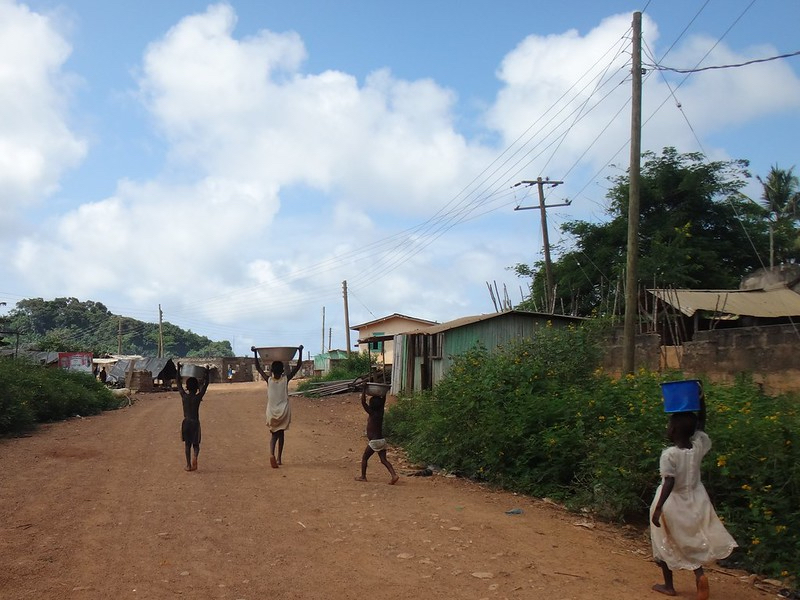
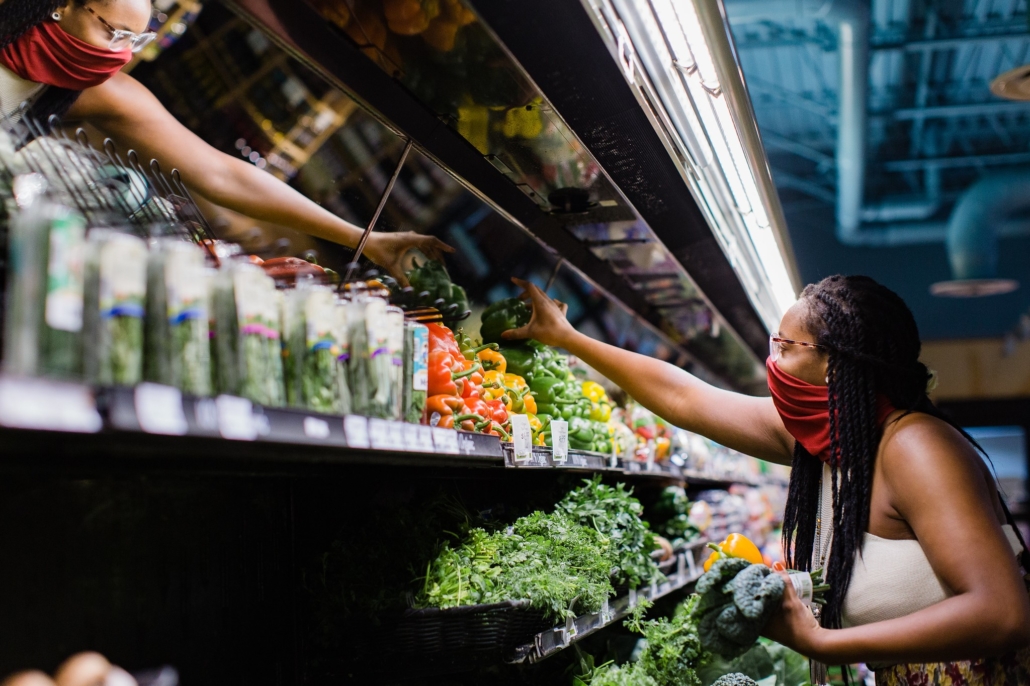
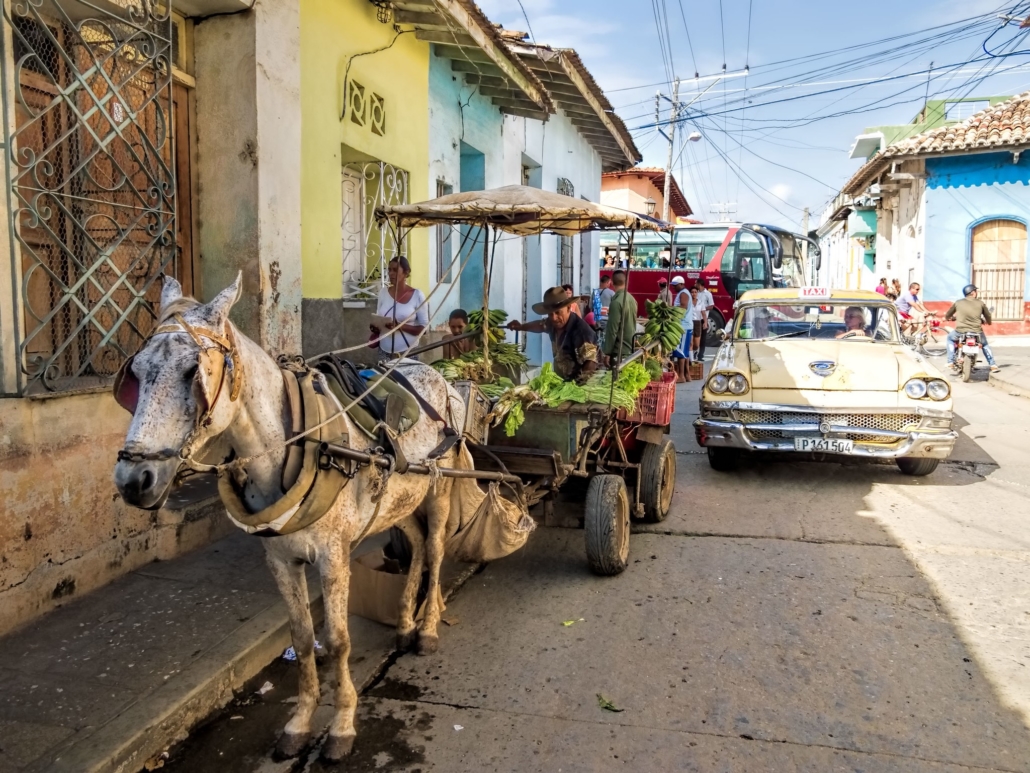

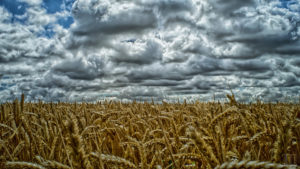 Humanity’s ability to feed itself by farming crops is a skill that has existed for millennia. Agriculture has long served humans’ need for nourishment and has allowed the growth and expansion of populations across the world. However, the same agricultural problems that plagued early farmers’ crop fields such as weeds, insects and weather still plague modern farmers today. Modern solutions like genetically modified pests are emerging to increase crop yield and food security for millions.
Humanity’s ability to feed itself by farming crops is a skill that has existed for millennia. Agriculture has long served humans’ need for nourishment and has allowed the growth and expansion of populations across the world. However, the same agricultural problems that plagued early farmers’ crop fields such as weeds, insects and weather still plague modern farmers today. Modern solutions like genetically modified pests are emerging to increase crop yield and food security for millions.